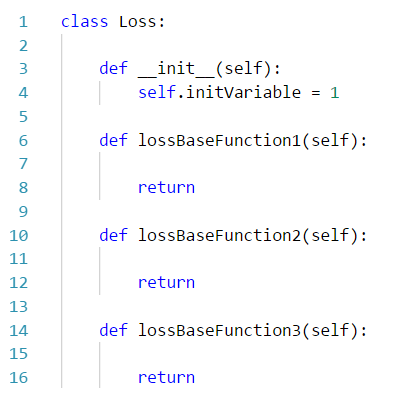Each neural network has certain structural components in order to train. The process of training is tuning the weights to optimize the loss function for the given problem set. The loss function selected for the neural network therefore is essential to ensure the neural network produces good results and converges.
Basic building block – loss functions
How to do it...
The generator is a neural network and requires a loss function. So, what kind of loss function should we employ in this architecture? That's almost as fundamental a question as what car you should drive. The loss functions need to be selected appropriately for the Generator to converge with the caveat that the loss function selection will depend on what's your goal for it.
How it works...
Each of the diverse architectures we'll cover in this book will use different tools to get different results. Take, for instance, the generator loss function from the initial GAN paper by Goodfellow and his associates:

This equation simply states that the discriminator is minimizing the log probability that the discriminator is correct. It's part of the adversarial mode of training that occurs. Another thing to consider in this context is that the loss function of the generator does matter. Gradient Saturation, an issue that occurs when the learning gradients are near zero and make learning nearly impossible, can occur for poorly-designed loss functions. The selection of the correct loss function is imperative even for the generator.
Now, let's check out the loss function of the discriminator from the Goodfellow paper:

This is a standard cross-entropy implementation. Essentially, one of the unique things about this equation is how it is trained through multiple mini-batches. We'll talk about that in a later section in this chapter.
As mentioned before, the discriminator acts as a learned loss function for the overall architecture. When building each of the models though and in paired GAN architectures, it is necessary to have multiple loss functions. In this case, let's define a template class for the loss function in order to store these loss methods:

During the development of these recipes, we are going to come back to these templates over and over again. A bit of standardization to the code base will go a long way in ensuring that your code remains readable and maintainable.



























































